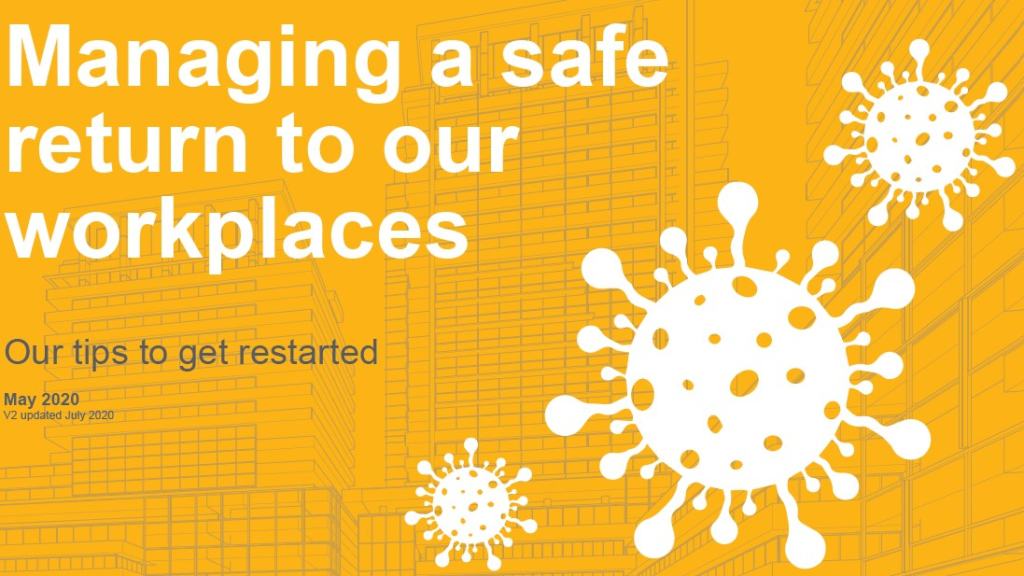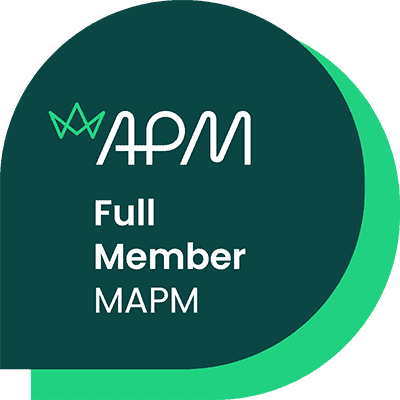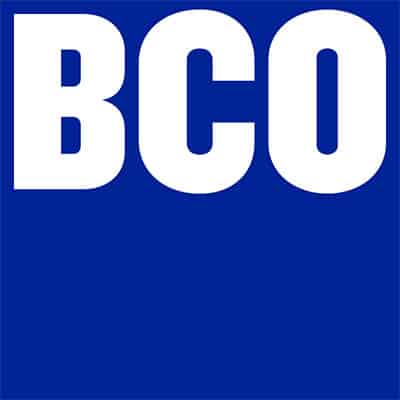Since March we have been supporting our clients to manage the immediate impact of COVID. This has included supporting our NHS clients to programme manage and reconfigure their estates to manage the initial COVID wave of patients, reprepare workplaces for the safe return of staff and university estates for the return of students.
As we now settle in for a potentially difficult winter, with the Government determined that our hospitals should not be overwhelmed and our economy suffer the impact of a second lockdown, my team and I are reflecting on the lessons learnt during the COVID pandemic and asking ourselves what should we now be preparing for.
It is clear to me based on the reports from those that know that we cannot expect a vaccine anytime some and not until the middle of 2021 at the earliest.
This means that with the huge logistics and supply chain challenges of rolling it out Nationally most of us are very unlikely to see effective vaccination until late 2021 or early 2022.
Those who manage our workplaces will need to focus on the following over the coming months:
Becoming and staying COVID secure:
Ensure workplaces are COVID secure in accordance with latest Government, HSE and technical advice. This includes ensuring social distancing is maintained in buildings, cleaning regimes are robust and ventilation systems are optimised to reduce the risk of cross transmission. Ensure contingency plans are in place for localised COVID positive results within the workplace, further local and potential national lockdowns, and restrictions.
Seek employee feedback to inform your new workplace solution
Survey you staff for the impact of home working on their employee experience, health, wellbeing, and performance. Also gain their opinion on what functions they want to perform in the workplace and what can be effectively performed remotely.
Plan and review the impact of your remote working approach:
Create a home working policy that ensures each employee can create a home working environment that is equivalent to the experience they would get in your workplace. Key issues to address to optimise people’s wellbeing, health and productivity will be maximising daylight, views to outside particularly nature, ensuring spaces are well ventilated and workstations are set up to avoid repetitive strain or musculoskeletal injuries. The Chartered Institute of personnel have some handy tip for getting the most from remote working.
Shrink your estate and save money:
Plan to reduce your property floor area by the weekly remote working days of your workforce, as quickly as you can, to reduce your operational costs, resource use and reinvest in your employees remote working experience once.
The old military adage, plan for the worst and hope for the best, is probably a sensible methodology to adopt as we go into our difficult winter and tough 2021.
Our team is available to answer any questions, help you to be COVID Secure or just have a chat about the challenges ahead. Stay safe!
Author: John O’Brien, Founder and MD, LCMB Building Performance Ltd



